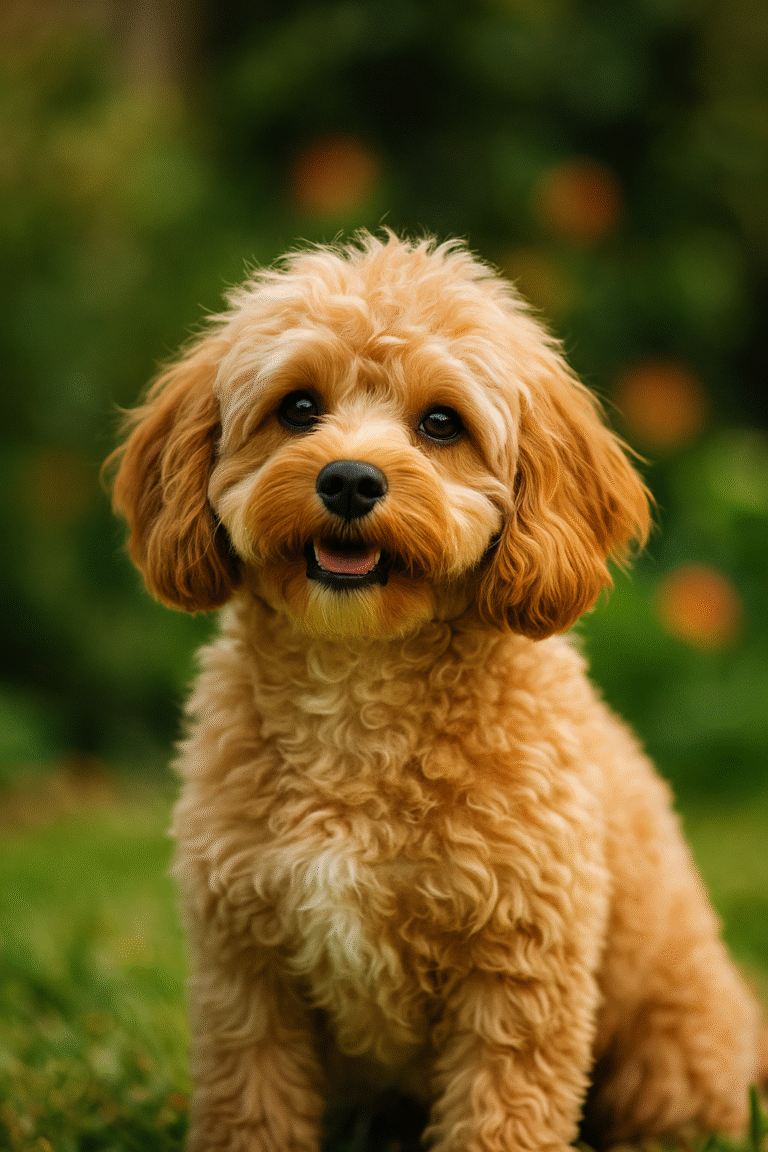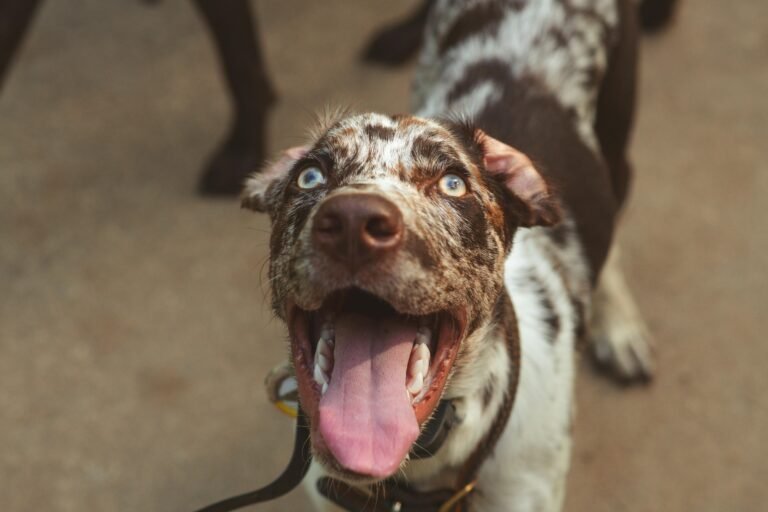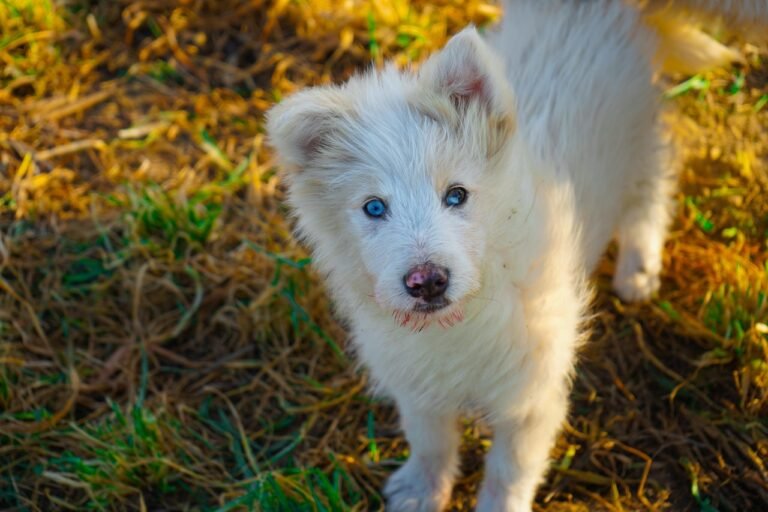Introduction
The Belgian Laekenois is the least known of the four Belgian Shepherd breeds, yet it is no less remarkable. Distinguished by its rough, tousled coat, the Laekenois is a hardworking, intelligent, and loyal companion. Historically used to guard linen drying in the fields of Belgium, this breed has long served as a protector, herder, and versatile working dog. Today, it remains rare even in its homeland, but those who know the Laekenois appreciate its courage, devotion, and unique appearance. This article explores the history, traits, training, and lifestyle needs of the Belgian Laekenois, and why it deserves more recognition.
Breed Origins
The Belgian Laekenois originates from Belgium and shares its roots with the three other Belgian Shepherd varieties: the Malinois, Tervuren, and Groenendael. Named after the Château de Laeken, where the breed was favored by Queen Marie Henriette of Belgium in the 19th century, the Laekenois was prized for its rough coat, which offered protection against the elements while guarding livestock and linen fields. Though the Malinois became more widely recognized for police and military work, the Laekenois maintained a quieter reputation as a rustic, multipurpose farm dog. It remains the rarest of the Belgian Shepherds worldwide.
Appearance
The Laekenois stands 22–26 inches tall and weighs 55–65 pounds, with a sturdy, athletic build. Its most distinguishing feature is its rough, wiry coat that gives it a tousled, rustic look. Coat colors are typically fawn with black shading, particularly around the muzzle. Key physical traits include:
- A square, well-proportioned frame built for endurance
- Erect, triangular ears
- Dark, intelligent eyes
- A protective double coat with a rough, unkempt texture
Compared to its Belgian Shepherd cousins, the Laekenois is less polished in appearance but equally athletic and powerful.
Temperament and Personality
Like the other Belgian Shepherds, the Laekenois is highly intelligent, alert, and deeply loyal. Personality traits include:
- Protective: Natural guardian instincts make them excellent watchdogs.
- Affectionate with Family: They form strong bonds with their owners and thrive on companionship.
- Energetic and Driven: They require consistent outlets for physical and mental energy.
- Sensitive and Responsive: Quick to pick up on human emotions and cues, making them highly trainable but also prone to stress if mishandled.
- Reserved with Strangers: They can be cautious and require socialization to remain well-balanced.
Exercise and Activity Needs
The Laekenois is not a breed for sedentary households. They need daily exercise and purposeful activities to thrive:
- At least 90 minutes of activity per day, including long walks, runs, or hikes
- Structured play, such as fetch or tug
- Dog sports like agility, obedience, tracking, or herding trials
- Mental stimulation with puzzle toys, scent games, or advanced training exercises
Without sufficient outlets, they may become restless, destructive, or overly protective.
Training and Intelligence
Laekenois are extremely intelligent and responsive but require patient, confident handling. Training tips include:
- Start early socialization to ensure comfort with strangers and new environments
- Use positive reinforcement—harsh training can damage their trust
- Keep training engaging and challenging to satisfy their quick minds
- Provide consistent boundaries, as their protective instincts can otherwise become excessive
They excel in advanced obedience, police or protection training, and competitive dog sports, though they require experienced handlers.
Grooming and Maintenance
The rough coat of the Laekenois is low-maintenance compared to long-haired breeds, but it does require regular care:
- Weekly brushing to prevent mats and remove debris
- Hand-stripping or trimming may be needed a few times a year
- Bathing only when necessary, as over-washing can damage coat texture
- Routine nail trimming, ear cleaning, and dental care
They shed moderately year-round, with heavier seasonal shedding.
Health Considerations
The Laekenois is generally a healthy breed with a lifespan of 10–14 years. Potential health concerns include:
- Hip and elbow dysplasia
- Progressive retinal atrophy (PRA)
- Epilepsy
- Allergies or skin sensitivities
As with all breeds, responsible breeders screen for common issues to reduce risks.
Family Compatibility
The Laekenois can be a devoted family companion for the right household. They are affectionate with children when raised together and protective of their families. However, their energy and guarding instincts mean they are best for active families with experience in training strong, intelligent dogs. They may not be ideal for households with very young children or passive owners, as they require strong leadership and structure.
Who Should Consider a Belgian Laekenois?
This breed is ideal for owners who:
- Lead active lifestyles and enjoy outdoor activities
- Have experience with working or guardian breeds
- Can provide consistent training, boundaries, and companionship
- Value rare, intelligent, and versatile dogs with a strong protective streak
Conclusion
The Belgian Laekenois may not have the fame of the Malinois or Tervuren, but it is a remarkable working dog with a rich heritage. With its rough coat, sharp intelligence, and unwavering loyalty, it embodies the best qualities of the Belgian Shepherd family. While not a breed for everyone, it is a rewarding companion for experienced owners who can provide the activity, training, and structure it requires. For those seeking a rare and unique guardian, the Belgian Laekenois offers a perfect blend of rustic charm and working excellence.






